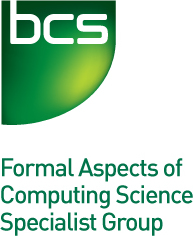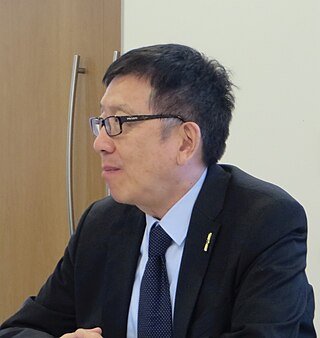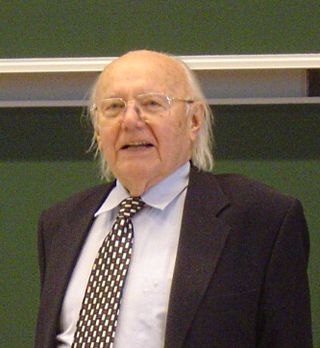
The Z notation is a formal specification language used for describing and modelling computing systems. It is targeted at the clear specification of computer programs and computer-based systems in general.

Sir Charles Antony Richard Hoarehor is a British computer scientist who has made foundational contributions to programming languages, algorithms, operating systems, formal verification, and concurrent computing. His work earned him the Turing Award, usually regarded as the highest distinction in computer science, in 1980.
The Vienna Development Method (VDM) is one of the longest-established formal methods for the development of computer-based systems. Originating in work done at the IBM Laboratory Vienna in the 1970s, it has grown to include a group of techniques and tools based on a formal specification language—the VDM Specification Language (VDM-SL). It has an extended form, VDM++, which supports the modeling of object-oriented and concurrent systems. Support for VDM includes commercial and academic tools for analyzing models, including support for testing and proving properties of models and generating program code from validated VDM models. There is a history of industrial usage of VDM and its tools and a growing body of research in the formalism has led to notable contributions to the engineering of critical systems, compilers, concurrent systems and in logic for computer science.
In computer science, formal methods are mathematically rigorous techniques for the specification, development, analysis, and verification of software and hardware systems. The use of formal methods for software and hardware design is motivated by the expectation that, as in other engineering disciplines, performing appropriate mathematical analysis can contribute to the reliability and robustness of a design.

Per Brinch Hansen was a Danish-American computer scientist known for his work in operating systems, concurrent programming and parallel and distributed computing.
The B method is a method of software development based on B, a tool-supported formal method based on an abstract machine notation, used in the development of computer software.
Jean-Raymond Abrial is a French computer scientist and inventor of the Z and B formal methods.

Professor Dines Bjørner is a Danish computer scientist.
Zhou Chaochen is a Chinese computer scientist.

BCS-FACS is the BCS Formal Aspects of Computing Science Specialist Group.
John S. Fitzgerald FBCS is a British computer scientist. He is a professor at Newcastle University. He was the head of the School of Computing before taking on the role of Dean of Strategic Projects in the university’s Faculty of Science, Agriculture and Engineering. His research interests are in the area of dependable computer systems and formal methods, with a background in the VDM. He is a former Chair of Formal Methods Europe and committee member of BCS-FACS.

He Jifeng is a Chinese computer scientist.
Prentice Hall International Series in Computer Science was a series of books on computer science published by Prentice Hall.

Heinz Zemanek was an Austrian computer pioneer who led the development, from 1954 to 1958, of one of the first complete transistorised computers on the European continent. The computer was nicknamed Mailüfterl — Viennese for "May breeze" — in reference to Whirlwind, a computer developed at MIT between 1945 and 1951.
The Meta-IV was an early version of the specification language of the Vienna Development Method formal method for the development of computer-based systems.
Model-based specification is an approach to formal specification where the system specification is expressed as a system state model. This state model is constructed using well-understood mathematical entities such as sets and functions. System operations are specified by defining how they affect the state of the system model.

Dansk Datamatik Center (DDC) was a Danish software research and development centre that existed from 1979 to 1989. Its main purpose was to demonstrate the value of using modern techniques, especially those involving formal methods, in software design and development.
IBM Laboratory Vienna was an IBM research laboratory based in Vienna, Austria.
Peter Lucas was an Austrian computer scientist and university professor.
Tim Denvir is a British software engineer, specialising in formal methods.








